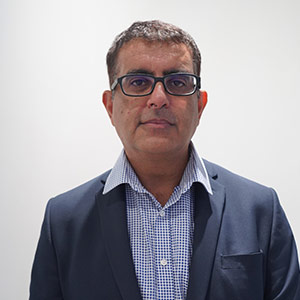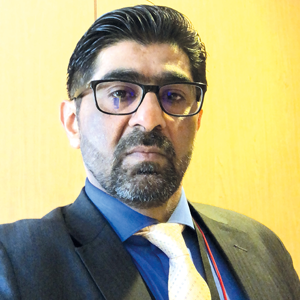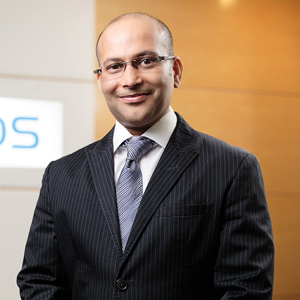Read Also
Cultivating a Sustainable Future through Collaboration
Jiunn Shih, Chief Marketing, Innovation & Sustainability Officer, Zespri International
Mastering Digital Marketing Strategies
Tasya Aulia, Director of Marketing and Communications, Meliá Hotels International
Building a Strong Collaborative Framework for Artificial Intelligence
Boon Siew Han, Regional Head of Humanoid Component Business & R&D (Apac & Greater China), Schaeffler
From Legacy to Agility Through Digital Transformation
Athikom Kanchanavibhu, EVP, Digital & Technology Transformation, Mitr Phol Group
Change Management for Clinical Ancillary Teams: Aligning Practice with Policy and Progress
Ts. Dr. James Chong, Chief Executive Officer, Columbia Asia Hospital – Tebrau
Digital Transformation: A Journey Beyond Technology
John Ang, Group CTO, EtonHouse International Education Group
Building A Strong Data Foundation: The Key To Successful Ai Integration In Business
Richa Arora, Senior Director Of Data Governance, Cbre
Transforming Tollways Through People, Data and Digital Vision
Carlo Cagalingan, Chief Digital Officer and Chief Information Officer, Metro Pacific Tollways Corporation























